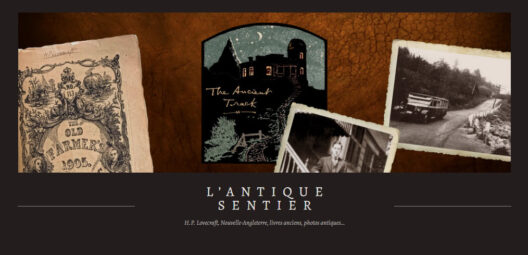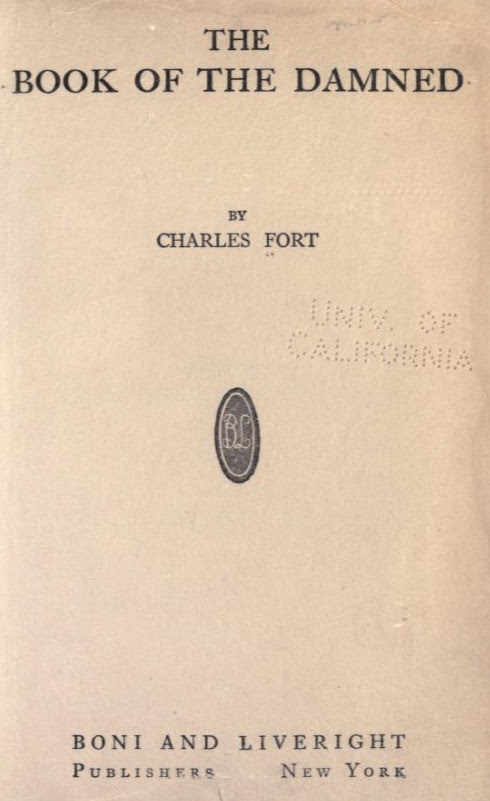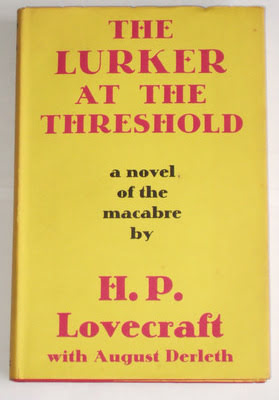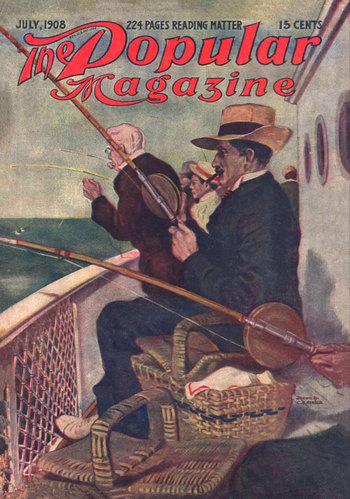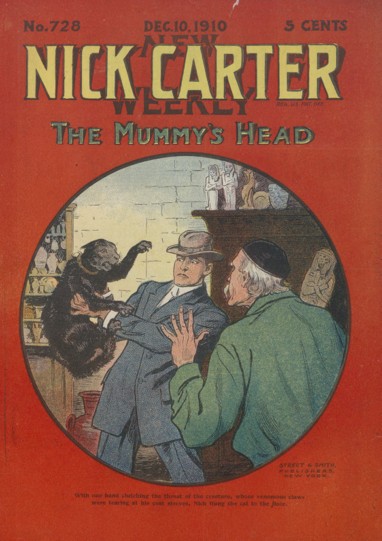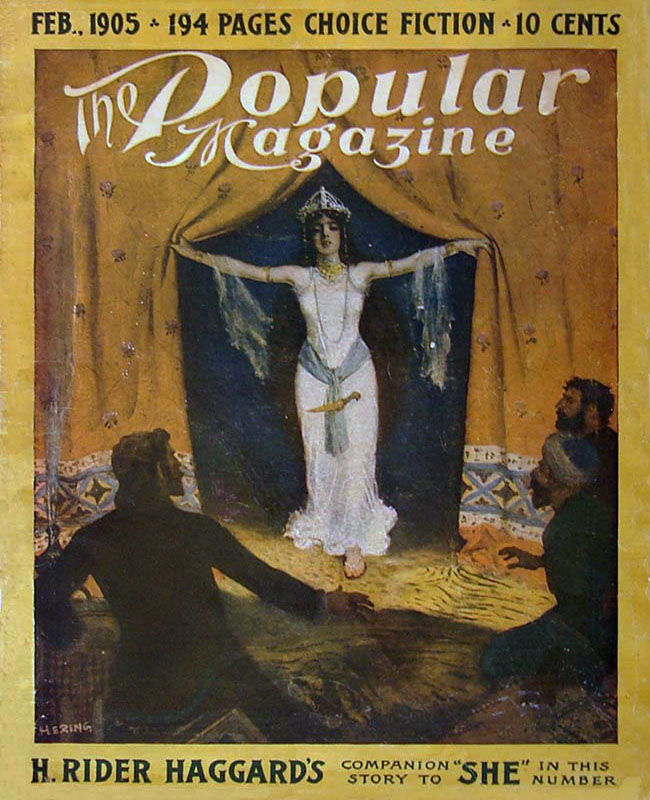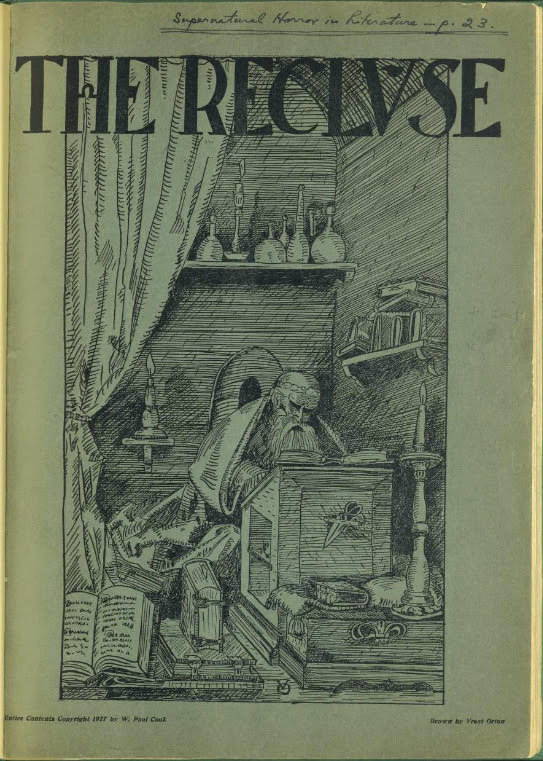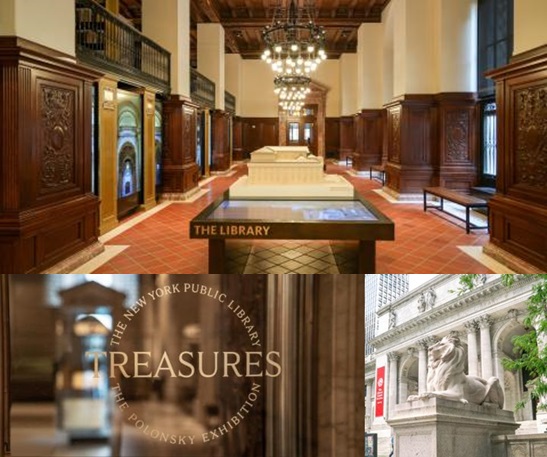My Patreon patron John is considering a visit to Vermont, setting of Lovecraft’s story “The Whisperer in Darkness”. He asks: “Are there any HPL-related sites of special interest and worth visiting in the state?”
There are several Vermont sites known to be associated with either Lovecraft, his stories or correspondents/associates. But the question is which might be worth making the effort to see today. And in the month of September, or early ‘fall’ as Americans call autumn.
Initial Reading:
Reading Lovecraft’s own essay “Vermont – a first impression” (1927) will be useful if not already familiar. It’s easily found annotated in the “Travel” volume of Collected Essays. S.T. Joshi writes…
Lovecraft visited Vermont for the first time in the summer of 1927, returning in the summer of 1928. He did not actually witness the Vermont floods (a real event) [which later inspired the early incidents in “Whisperer”].
Dylan Henderson’s brilliant and well-written consideration of “The Promise of Cosmic Revelations: How the Landscape of Vermont Transforms “The Whisperer in Darkness”” (Lovecraft Annual 2021) would also be a useful preparatory read. Along with the 1977 edition of Vermont History journal, containing a short historical essay followed by a “Whisperer” plot-summary, “Dark Mountain: H.P. Lovecraft and the “Vermont Horror”” by Alan S. Wheelock. Lovecraft’s friend Orton later corrected some of the dates and biographical facts in this article.
The Goodenough and Orton sites:
A key site is the Goodenough farm in West Brattleboro, on the south-eastern edge of the state. Which it appears can still be visited, as by these young Lovecraft fans a few years ago on Lovecraft’s birthday…


Apparently the place is now held under the auspices of The Goodenough Farmstead Trust, with a covenant on the building and surroundings for its upkeep and restoration/preservation. They’ve had preservation grants for this in the 2000s, which appears to have given it a new roof judging by the above photo. It might be interesting if John could visit and show Lovecraftians how much progress has been made by 2023, and what its use (if any) is today. Also known to a local historian as the “Levi Goodenough Farm” in 2005.
Also the nearby Vrest Orton place, if it still exists and can be visited. Lovecraft himself states that Goodenough… “dwells not much above a mile from Orton’s”. Lovecraft spent two weeks at the newly acquired Orton place, and soon hauled some old clothes out of the barn in order to undertake heavy outdoor work with Orton. The work was re-directing the bed of a stream, mostly, if I recall correctly…

Lovecraft looks short here, but it’s a clever optical illusion. Orton is standing on a higher level of the lawn, and a letter says that Orton was not a tall fellow.

I never seen no country niftier than the wild hills west of Brattleboro, where this guy hangs out. Brat itself is the diploduccus’ gold molar [a big chunk of gold], with its works of pristine Yankee survival, but once you climb the slopes toward the setting sun you’re in another and an elder world. All allegiance to modern and decadent things is cast off — all memory of such degenerate excrescences as steel and steam, tar and concrete roads, and the vulgar civilisation that bred them — […] The nearness and intimacy of the little domed hills become almost breath-taking — their steepness and abruptness hold nothing in common with the humdrum, standardised world we know, and we cannot help feeling that their outlines have some strange and almost-forgotten meaning, like vast hieroglyphs left by a rumoured titan race whose glories live on in rare, deep dreams.
Lovecraft also partly drew on the landscape here for “Dunwich”, which he wrote…
is far inland [near the headwaters of the Miskatonic, and a] synthesis of the picturesquely retrograding Wilbraham country (near Springfield) with certain characteristics of southern Vermont” (Writers of the Dark).
Lovecraft probably refer to the terrain of his epic “escaped cow chase” in the company of the young Lee boys, Orton’s neighbours. This recalls the chase of the final monster in “Dunwich”. A “Lee’s Swamp” is mentioned in “Dunwich”.
My search for the Goodenough / Orton places in “the wild hills west of Brattleboro” in 2019 found…
If the Goodenough farmstead’s location is the address [340 Goodenough Road] at which the Goodenough Farmstead Trust is formally registered today (and satellite photography in Google Earth suggests it is, offering the same building layout, roof shape, and arrangement of of the grounds) then that puts it about five miles directly west of Brattleboro itself. This further suggests that Orton’s springwater-fed and oil-lit “eighteenth-century” place may have been in the hills somewhere off Akley Road, about a mile south of the Goodenough farmstead.
Amazingly, it’s not on Google Street View. Does Vermont not allow the Google cameras, perhaps? Or is it just too remote?
Brattleboro was also the home of Rudyard Kipling from 1892-1896, who less than ten years later was to birth hard science-fiction with the famous long story “With the Night Mail” (1905). He had married a Vermont girl, and their house was “on the north side of Brattleboro, towards Putney”. He wrote the Jungle Book books and Mowgli tales here.
The Akley home and farmstead:
The rustic naif artist-recluse Bert Gilman Akley (1871-1946), visited and met by Lovecraft in 1928. I recently found a postcard of the place in the Brown University repository…

The Akley house, one of the inspirations for “The Whisperer in Darkness”. Though the “set against a hillside” description also suggests the Goodenough farmhouse and the Orton house nearby. So probably the Akeley place in “Whisperer” was an amalgam. I’ve no idea if the actual Akley farmstead still exists, or if its site can be visited. Perhaps fellow Lovecraftians can advise. But it looks from the picture like it fits the other “Whisperer” descriptions of the exterior yard approach (re: the scenes with the dogs etc) better than the more enclosed Goodenough farmhouse.
The character of the very similarly named Akeley in “Whisperer” was more of an amalgam of Cook and Lovecraft himself, and perhaps Orton in terms of his able organisation of the place.
The ‘sightings of Mi-go in the floods’:
Lovecraft never saw the well-reported local floods except in press and magazine clippings, but in “Whisperer” the floods of November 1927 are used for the plot with locations…
three separate instances involved — one connected with Winooski River near Montpelier, another attached to the West River in Windham County beyond Newfane, and a third centring in the Passumpsic in Caledonia County above Lyndonville.
The “Guide to Lovecraftian Sites in Vermont and New Hampshire” also notes the Brattleboro Railroad Station and Townshend Post Office (where Akeley sent and received mail). I’ve found one evocative picture of the Brattleboro Railroad Station interior…

In the Brattleboro passenger station (an ugly new passenger and parcels depot, built circa 1916), in 1925.
Paul Cook in Vermont:
The long-time friend and avid weird book-collector Paul Cook later moved about a lot, I recall. But he was a Rutland, Vermont man and that was his home place. Under a pen-name he wrote stories of Vermont, collected recently in Willis T. Crossman’s Vermont: Stories (2005). It would be interesting to know if any of these have a weird flavour.

From Ex-presidents of the National Amateur Press Association: sketches, “Paul Cook”, page 93. A 1948 Arkham Sampler also noted that his poetry had been published and collected under the same pen-name.
In 2006 Cook’s home place of Rutland had a well-attended weekend “Lovecraft in Vermont” festival. The local newspaper’s details are unavailable outside the USA, due to the European Union’s cookie-madness, but I’ve made sure that the Internet Archive now has a copy. This led me to discover that the remarkable organiser, Lovecraftian and veritable ‘Indiana Jones’ passed away the next year, so one should not waste time trying to contact him.
Woodburn Harris:
As for research on correspondents and revision clients, it’s possible there may still be memories or documents relating to Woodburn Harris in his town of Vergennes, Vermont. He was a prominent and well-known leading man there. The recent publication of Lovecraft’s Woodburn Harris letters as a book might also interest the more antiquarian folk among the residents.
Walter J. Coates and his Driftwind:
Also, I recently looked at the location of the home of Walter J. Coates in Vermont. The address was North Montpelier, which actually turns out to be east of the main town. The East Montpelier Historical Society has online a detailed historical essay on the Coates little magazine and its editor, including several photographs. Thanks to John’s prompt I’ve now been able to re-find this (the link had been broken) and it (hurrah!) reveals the Coates / Driftwind location…
In November 1922, he and Nettie purchased the George Pray store in North Montpelier, and the Coateses and son John continued as the storekeepers.
So we do now have the place in a picture of the place, thanks to the postcard of North Montpelier I was recently able to find…

Nearby is one of the flood locations in “Whisperer”…

University collections in Vermont:
There is also an as yet un-inspected university collection in Vermont. As I wrote in June of a university collection at Burlington, Vermont…
Mention of James Howard Flower and especially his “gem” of a poem “With Shelley in My Soul”). A footnote to Lovecraft’s comment reveals Flower was a Vermont revision client whose “Shelley” poem has “not been found”. […] if anyone’s in Vermont and near the University, it might be worth an afternoon sifting through the 1919-1925 boxes of the Howard Flower-Solitary Press Collection in search of Lovecraft mentions or material. “Collection is unprocessed” according to the Library.
Coates was doing revision for them, and my guess is that some of this work may also have been passed on to Lovecraft and/or Cook. One also wonders if Lovecraft ever had any poetry or letters in any of the Flower publications. Also, can Flower’s Lovecraft-admired “With Shelley in My Soul” be found again? Also at the same Library is the Walter John Coates Papers collection, though I’d assume that’s already been well-sifted for Lovecraft material. Still, a look at the complete run of Driftwind and other publications may be of interest.
Mythos fiction:
As for imaginative reading, it’s possible a set of Mythos stories involving Vermont could be self-assembled, though I don’t think there’s yet been a published anthology. One might start with Lin Carter’s “Strange Manuscript Found in the Vermont Woods”. Said to be in Crypt of Cthulhu #39, by a trailer for it in #38.
So my initial itinerary would be:
1. The farmhouse in West Brattleboro (Goodenough) and the Goodenough grave. Possibly also nearby places (Orton and Akley) it they still exist.
2. North Montpelier and the nearby Winooski River (Coates, flooding in “Whisperer”).
3. Perhaps Vergennes, Vermont (Harris) and Rutland, Vermont (Cook).
4. Possibly Burlington, Vermont for the university archives (Flower, and Coates).
As to “worth seeing”, who knows until one goes?

